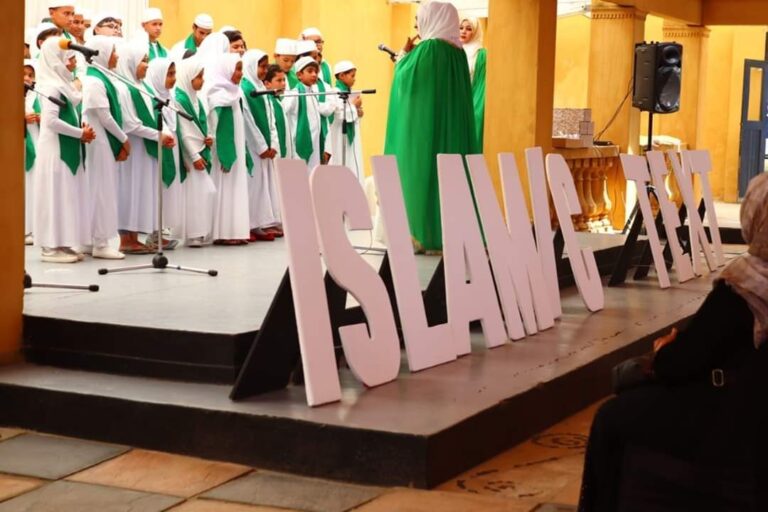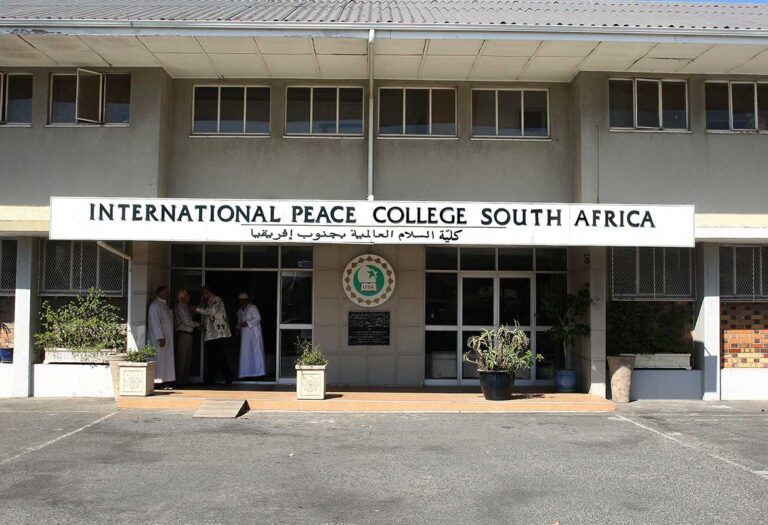The term ‘madrasa’, derived from Arabic, is multifaceted in its interpretation. Primarily, it translates to “school” in everyday parlance. However, delving deeper into its connotations, a madrasa is also recognized as an institution dedicated to imparting knowledge on Islamic subjects. This encompasses a range of topics from the Quran and the sayings (hadith) of the Prophet Muhammad to jurisprudence (fiqh) and law.
The roots of the madrasa as an educational establishment stretch back centuries. A notable example from history is the Nizamiyah madrasa, founded in Baghdad in the eleventh century A.D. This institution was not merely a place of learning; it provided students with food, lodging, and education, all without any fees. Such a holistic approach to education led to the rapid proliferation of madrasas across the Muslim world.
While the curriculum of these madrasas might have varied depending on their geographical location, a common thread was their religious essence. The primary objective of these schools was to mould future Islamic religious scholars, known as ‘ulama’, equipping them for their forthcoming roles to teach the spiritual or inner aspect, as in sincerity of the heart, as well as the outer physical aspects, like how to make salah.
In emphasizing classical traditions in Arabic linguistics, teachers lectured and students learned through rote memorization of the Quran, Hadith and classical works of all sciences.
This method of teaching, rooted in tradition, underscores the importance of preserving and passing down knowledge in its purest form, ensuring that the teachings remain unaltered for generations to come.


